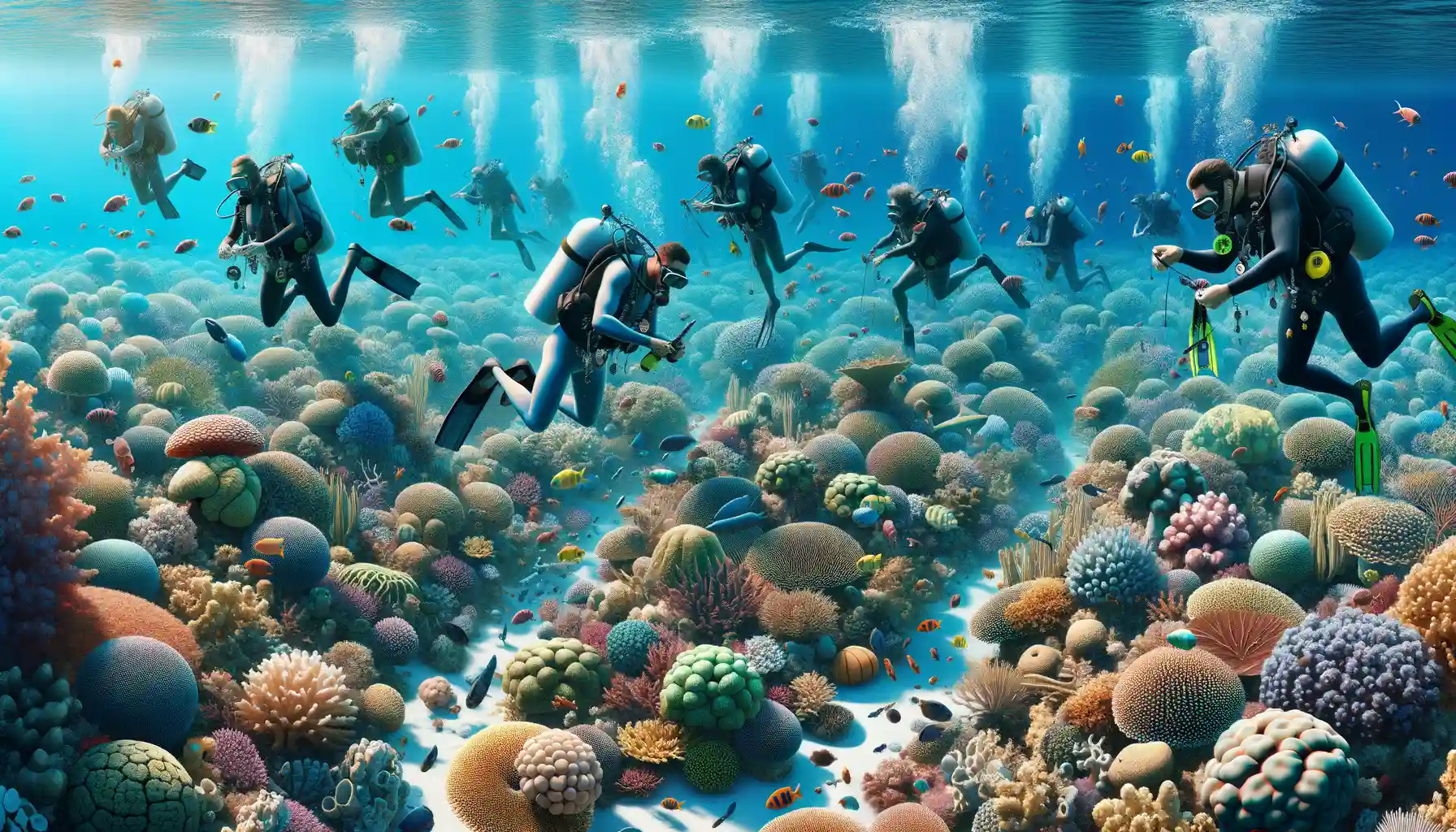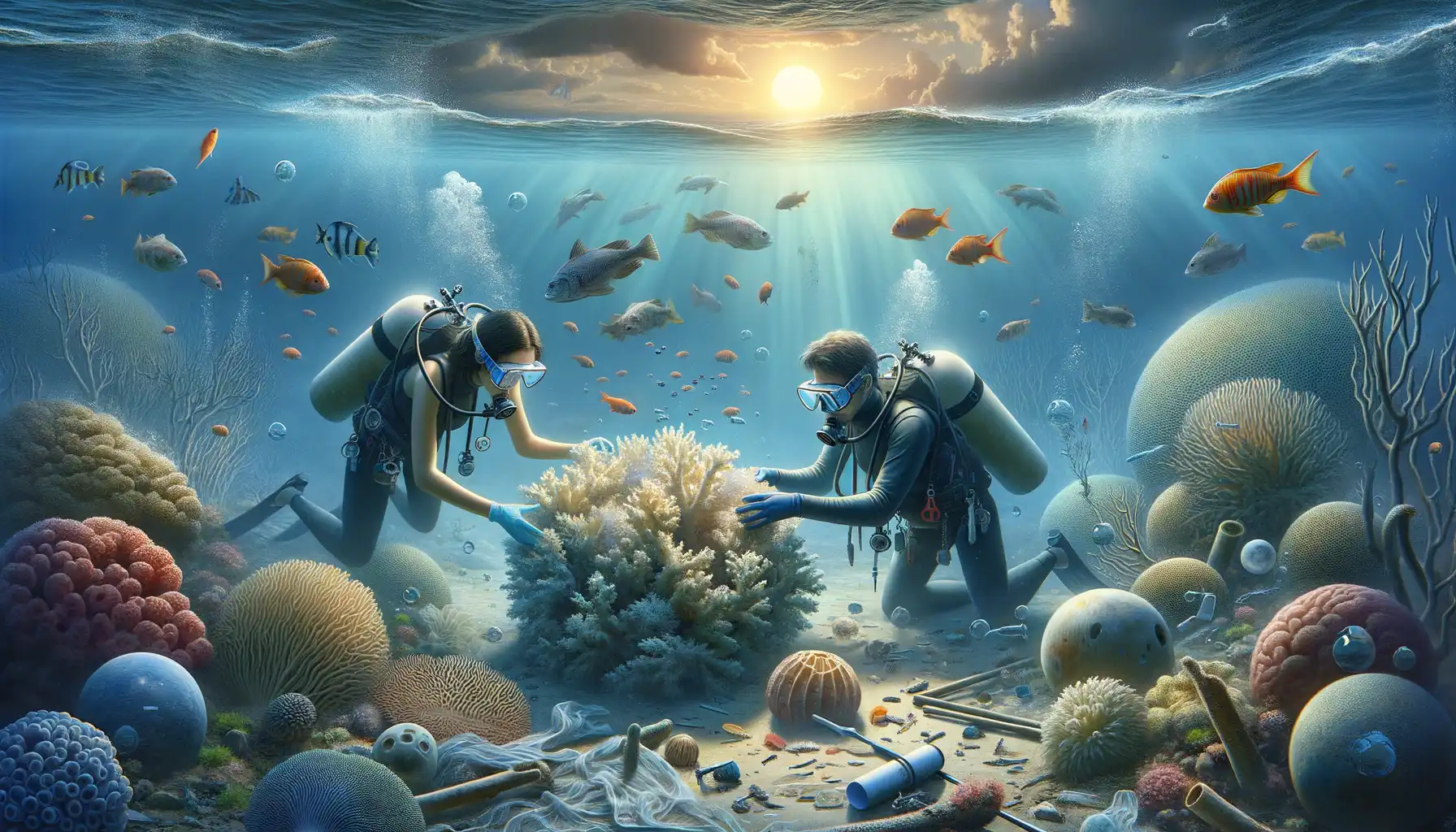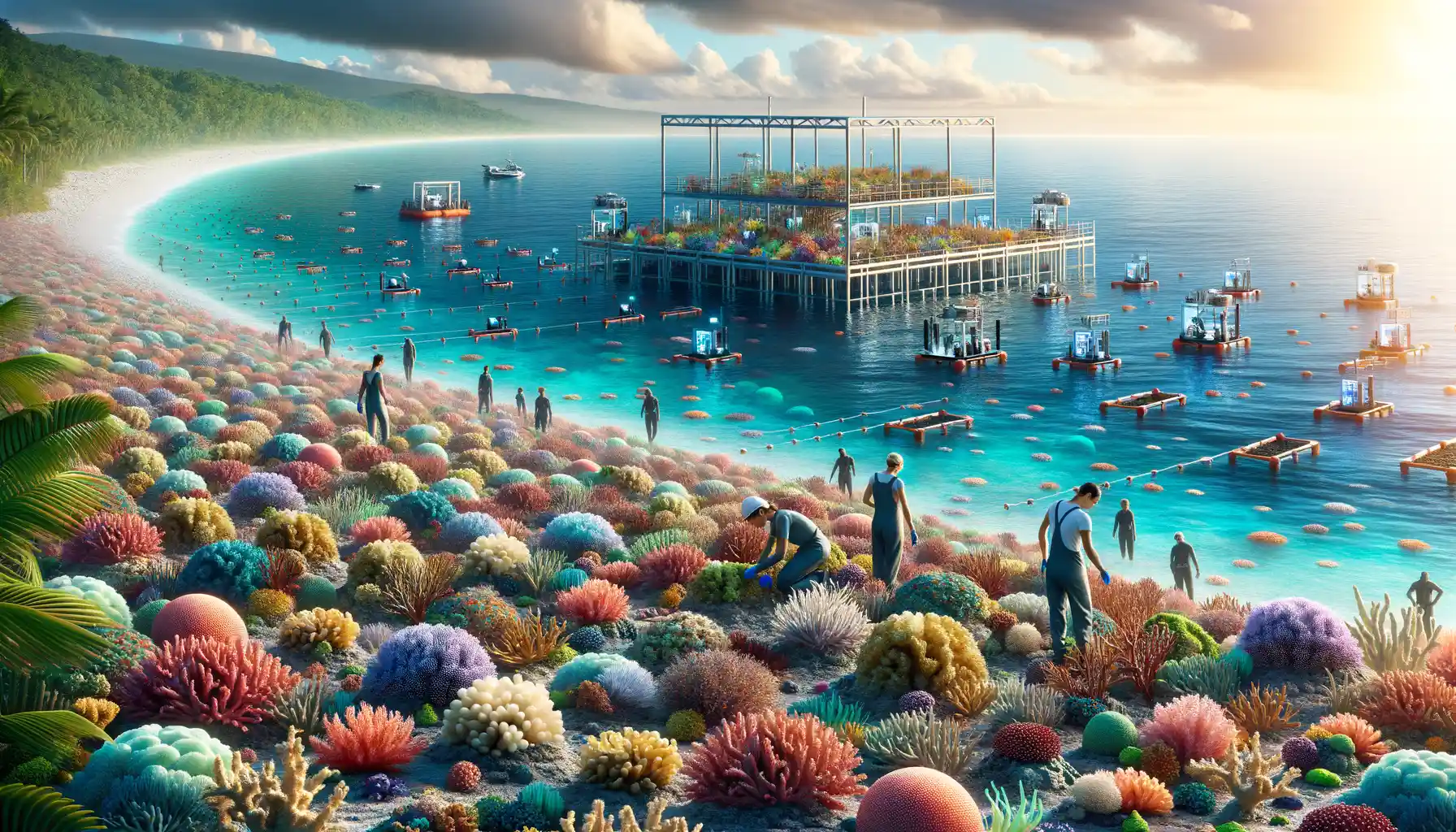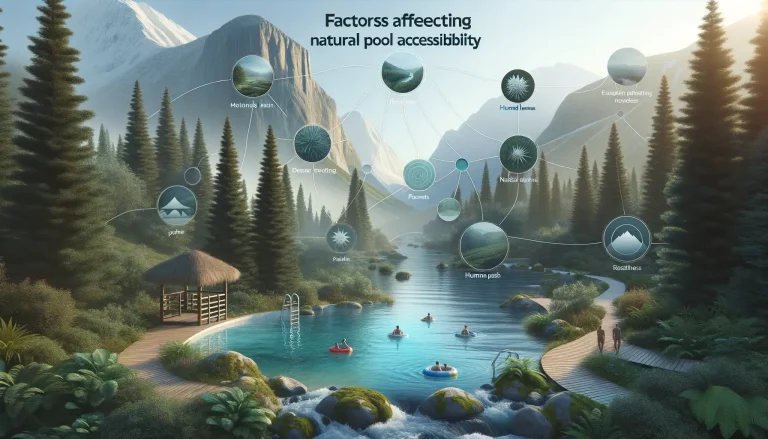Overview of Coral Reef Restoration
The ocean’s “rainforests,” coral reefs, are some of the most vibrant and vital ecosystems on Earth. These underwater marvels not only house a kaleidoscope of marine life but also act as living barriers, protecting our coastlines from storm surges. But here’s the stark truth: they’re in trouble. Climate change, overfishing, and pollution have left many reefs gasping for survival, like a marathon runner near the finish line. That’s where coral reef restoration shines as a beacon of hope, offering a way to revive these underwater treasures.
Why We Fight for Coral Reefs
If you’ve ever snorkeled beside a reef, you know its magic—a swirl of color and motion that feels otherworldly. But it’s not just their beauty at stake. Coral reefs feed millions, provide medicinal breakthroughs, and sustain industries like tourism. In economic terms alone, losing them is like shredding a winning lottery ticket. The good news? Restoration gives us a fighting chance.
- Coral nurseries: Underwater “gardens” where coral fragments grow strong before being replanted.
- Assisted regeneration: Innovative techniques to boost coral recovery faster than nature can manage alone.
These efforts aren’t just science—they’re a labor of love, connecting people to the sea in the most profound way possible. It’s about rekindling a relationship with our oceans, one coral polyp at a time.
Current Coral Restoration Efforts in Tamandaré

Diverse Efforts Breathing Life Back into the Reefs
Imagine standing in the warm, turquoise waters of Tamandaré, gazing down at the heart of a living, breathing underwater city — its coral reefs. Today, these fragile ecosystems are being lovingly repaired by a tapestry of innovation, sweat, and hope. From grassroots volunteers to marine biologists armed with cutting-edge tools, the fight to revive these reefs is alive and unrelenting.
Amid this vibrant effort, initiatives like the Coral Vivo Project shine. They meticulously grow coral fragments in nurseries before replanting them on damaged reef structures, almost like healing stitches in an underwater wound. Meanwhile, the local community buzzes with action as fishers, students, and even tourists roll up their sleeves—yes, you read that right—to assist with coral monitoring and planting.
- Underwater nurseries cradle baby corals like daycare for ocean life.
- Eco-tours invite visitors to plant a coral and leave behind a lasting legacy.
- Workshops ensure locals become guardians of “their reef,” creating long-term ownership.
Through these heartfelt efforts, glimpses of coral regrowth sparkle like tiny underwater fireworks, proving that renewal is not just possible—it’s happening right here, in Tamandaré.
Techniques and Strategies Used for Restoration

Breathing Life Back into Reefs: Methods That Work
Restoring coral reefs is like giving nature a second chance, but it’s no small feat. In Tamandaré, experts have embraced some truly ingenious techniques that blend cutting-edge science and hands-on care.
One widely used method is coral gardening. Picture this: tiny coral fragments are carefully “planted” in underwater nurseries—essentially the coral version of a greenhouse. After they’ve grown strong and resilient, they’re transplanted back to the reef to help revive its ecosystem.
Another standout strategy is using artificial structures to mimic nature. From concrete domes to repurposed materials like old shipwrecks, these structures provide a stable base for coral to anchor and thrive. It’s not just practical—it’s like rolling out the red carpet for marine life to make a triumphant return.
- Microfragmentation: speeding up coral growth by dividing them into tiny pieces.
- Larval propagation: capturing coral spawn during spawning events and releasing baby corals back onto degraded reefs.
Every technique has one goal: to make the reefs bloom with color, life, and vitality again, one polyp at a time. It’s a labor of love, patience, and innovation.
Challenges Faced in Coral Reef Restoration

The Invisible Battle Beneath the Waves
Restoring coral reefs is no walk on the beach—it’s more like navigating a stormy sea with shifting winds. One of the trickiest challenges? Mother Nature herself. Temperature spikes caused by global warming trigger coral bleaching, leaving once-vibrant reefs ghostly pale and fragile. Add to that the devastating effect of unpredictable storms that scatter coral fragments like confetti, undoing months of hard work.
As if that weren’t enough, human-made hurdles pile on. Overfishing in areas like Tamandaré disturbs the delicate marine food chain, making it harder for corals to thrive. Pollution—think agricultural runoff laced with fertilizers or creeping oil spills—smothers young coral colonies before they’ve even had a chance to grow.
The Human Factor: Funding, Knowledge, and Time
Restoration doesn’t come cheap or easy. Teams often face the triple-threat of limited budgets, patchy scientific data, and grueling timeframes. Imagine piecing together a 5,000-piece puzzle underwater, but half the pieces are missing, and your dive gear limits you to a few hours at a time!
- Funding gaps: Securing resources for long-term projects can feel like squeezing water from a rock.
- Knowledge gaps: The ocean keeps many of its secrets, and we’re still learning what works best for coral regrowth.
- Time constraints: Corals don’t follow deadlines—they grow slowly, testing your patience and persistence.
Every step forward feels hard-earned, yet the stakes couldn’t be higher. These reefs are the heartbeats of the ocean, and every setback is a reminder of how fragile, yet vital, they are.
Future of Coral Reef Restoration in Tamandaré

Innovative Visions for a Thriving Reef
The future of coral reef restoration in Tamandaré is more than a plan—it’s a dream powered by science, passion, and community spirit. Imagine this: reefs bursting with vibrant life, fish darting between corals like dancers at a festival, waters so clear you can see hope shining through. Achieving this vision means embracing bold ideas and cutting-edge solutions that push the boundaries of what’s possible.
Emerging technologies, such as AI-driven monitoring systems and eco-friendly coral propagation techniques, are lighting the way. Picture drones mapping underwater ecosystems from above or 3D-printed structures mimicking coral reefs and providing a safe home for marine species. These aren’t distant dreams—they’re happening now, laying the foundation for tomorrow.
- Community-powered efforts: Training local fishermen and divers as coral guardians isn’t just practical; it weaves restoration into the heart of Tamandaré’s culture.
- Collaborations: Partnerships between researchers, conservationists, and even tourists are opening new avenues for funding and innovation.
- Education: Workshops for the younger generation ensure the love for reefs becomes an inheritance they’ll protect passionately.
What’s on the horizon feels like more than progress; it feels like hope taking root underwater.





